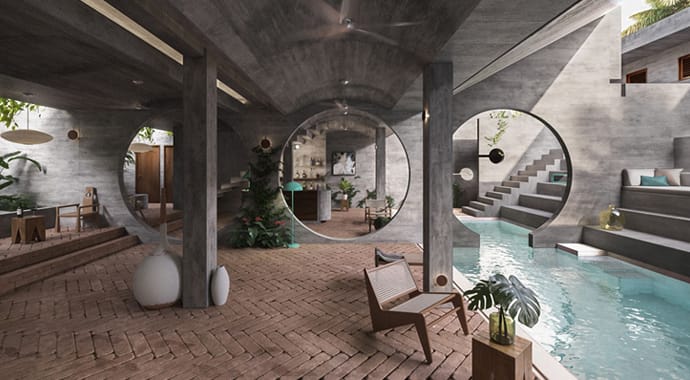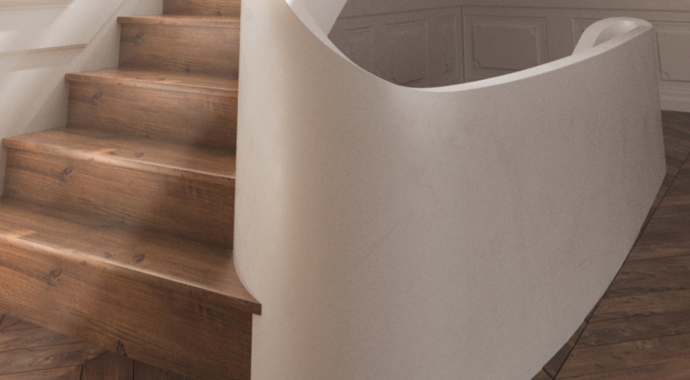Architectural visualization student Aaron Rabago discusses his mysterious 3D render that won the public vote in our “Undiscovered” student rendering contest.
Chaos Group’s latest student rendering competition was an incredible chance for artists to unleash their imaginations and create something we’d never seen before. “Undiscovered” was the theme — created to inspire CG students to conjure up everything from curious reactors to lost pirate ships.
Aaron Rabago’s entry, titled “Forgotten Beacon,” depicts a mysterious machine in a desert setting. It captured the hearts of Chaos Group’s Facebook users — and won the public vote! Read on to learn about Aaron’s 3D creative process and the origins of his public-favorite artwork.
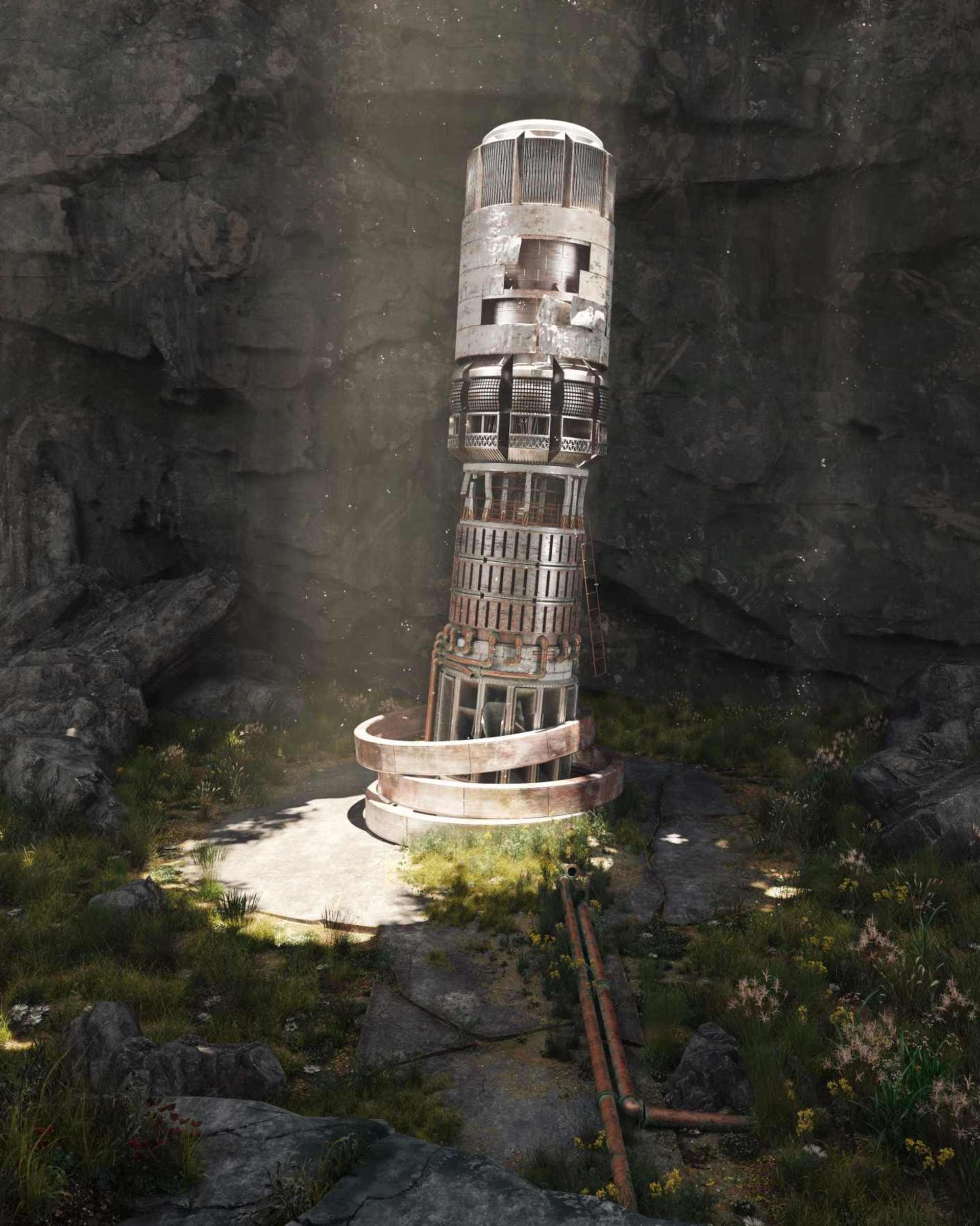
Could you tell us a little bit about yourself and what you’re studying?
Aaron Rabago: I live in the city of Durango in Mexico. I studied architecture and have been working in architectural visualization. Last year, I began a Master of Architectural Visualization degree provided by The Factory School, a digital architecture school based in Madrid.
When did you start using V-Ray?
AR: I began using it during college. In the fourth semester, I attended a course which I thought was about 3ds Max, but turned out to just be on V-Ray!
What I find most appealing about V-Ray is that a lot of software has been developed around it . . .
Aaron Rabago, The Factory School Student
How easy do you find it to use, and what do you like about it?
AR: Like with all software, in the beginning, it can be a little overwhelming, but once you get a grasp of its basic concepts it becomes much more intuitive. What I find most appealing about V-Ray for 3ds Max is that a lot of software has been developed around it, as well as a whole bunch of material that can be found on the internet, such as models, textures, scripts and plugins.
What inspired your entry?
AR: In the post-apocalyptic game, Frostpunk, one of the main elements of its plot is a cylindrical heater. I really liked the design they used and I started sketching figures with that nature. Then I went one step further and tried to imagine what it would look like once that machine was left for good.
How did you research it?
AR: Since I was drawing it on the fly, I didn't do a lot of research on how reactors should look; I just stuck to what I knew from watching movies and playing video games. The materials are another story: I looked through an extensive gallery of rusted metals and rocks and I tried to emulate a combination of everything I saw, as this image is made up of mostly organic materials.
I used even more composites for the glossiness and reflection, and a few more in combination with V-Ray Blend Material and V-Ray Dirt Material to get that rusty look.
Aaron Rabago, The Factory School Student
How did you achieve the weathered look?
AR: Composites all over the place! Every part of this machine, the concrete on the floor, and the ground, rocks and wall, are all made up of a large blend of grunge maps. In order to avoid repetition as much as I could, I used high-quality dirt masks and gave them color myself with V-Ray color nodes. I used even more composites for the glossiness and reflection, and a few more in combination with V-Ray Blend Material and V-Ray Dirt Material to get that rusty look.
Could you tell us about lighting the piece?
AR: From the beginning, I knew what kind of lighting I was looking for: I wanted it to be as simple as possible to represent the very first encounter. I thought: “This person has just found something they weren’t expecting and wanted to take a picture of it immediately.”
What, in your opinion, is the purpose of the machine?
AR: Though it is based on a heater, I didn’t make it with a heater in mind, but I did think about what it could have been used for. Maybe it generated electricity, and the top part is an exhaust of some kind — and the pipes that run on the bottom corridor could have pumped the fuel in? However, as it is located just underneath a hole where rain and sunlight could come in, perhaps its role has more to do with its location?
Aaron's arch-viz
Aaron doesn't just do post-apocalyptic sci-fi landscapes — his real-world exteriors and interiors are cinematically composed and lit. Take a look below and follow Aaron on Behance.
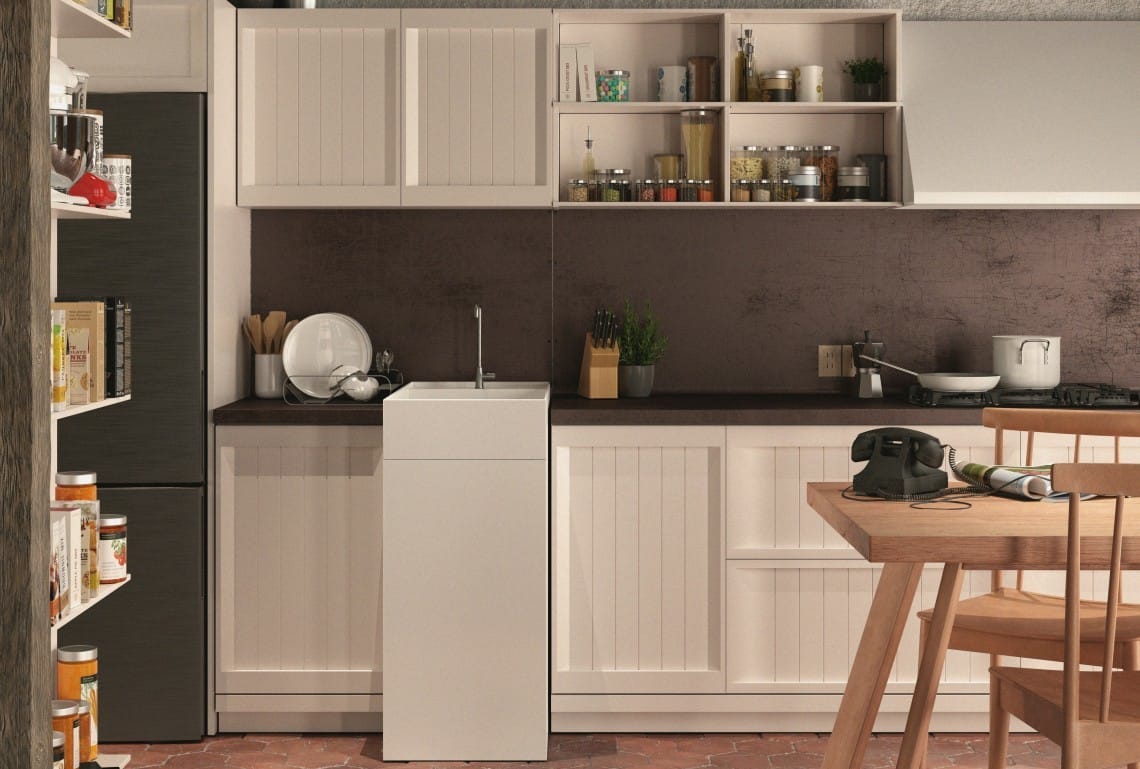
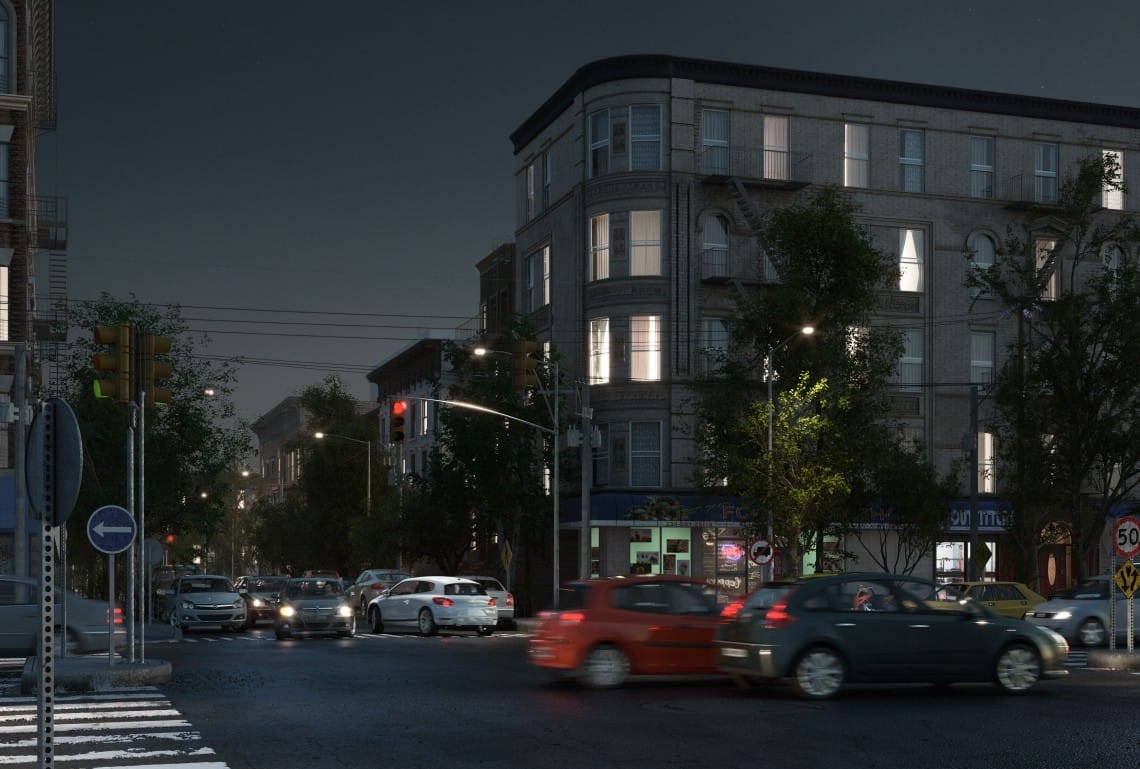
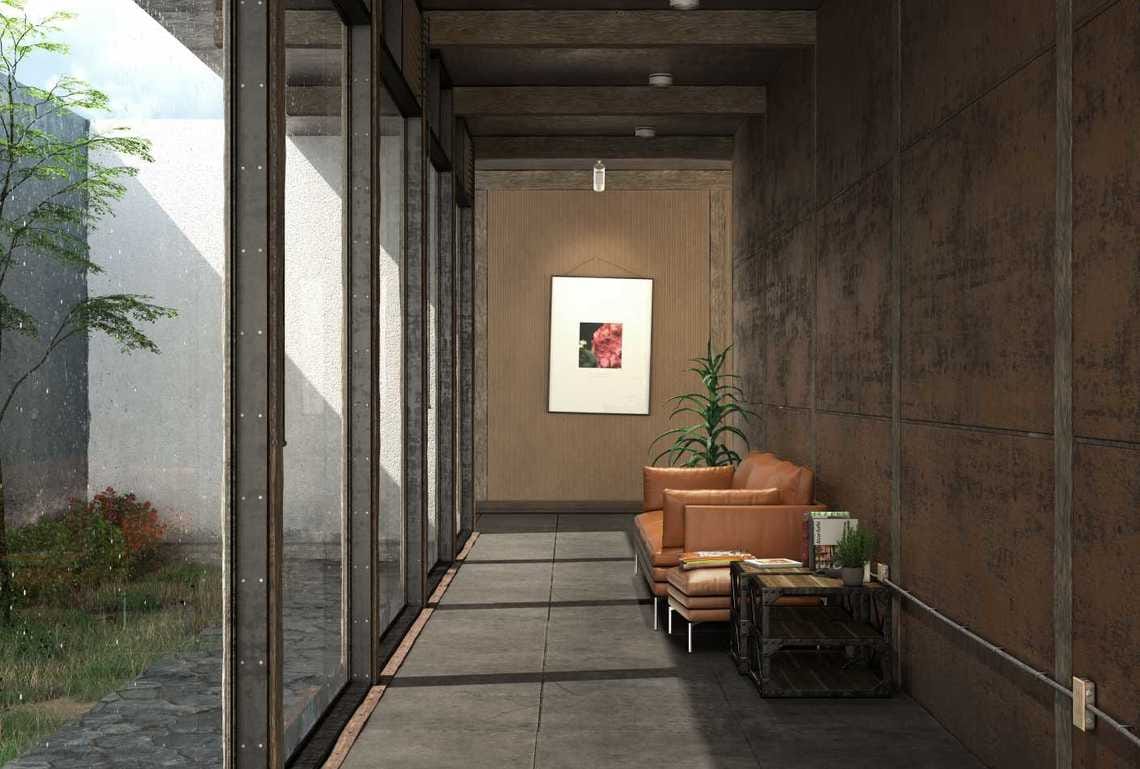
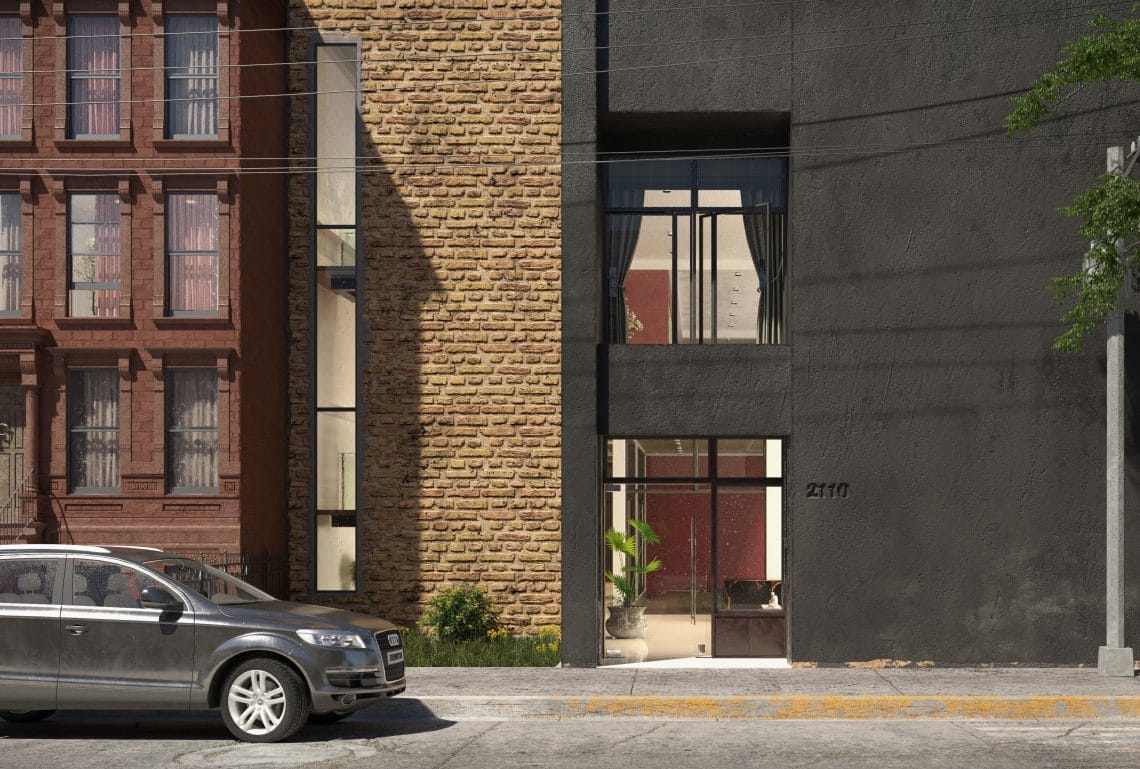


What are your plans for the future?
AR: Right now, I am focusing on improving my portfolio, learning new software for more complex modeling, and tools to create richer textures, like Substance. I’m dedicated almost exclusively to architectural visualization, but in the future, I would certainly like to get deeper into all kinds of 3D creative media.
Discover new ways to render your projects with a free 30-day V-Ray for 3ds Max trial.
